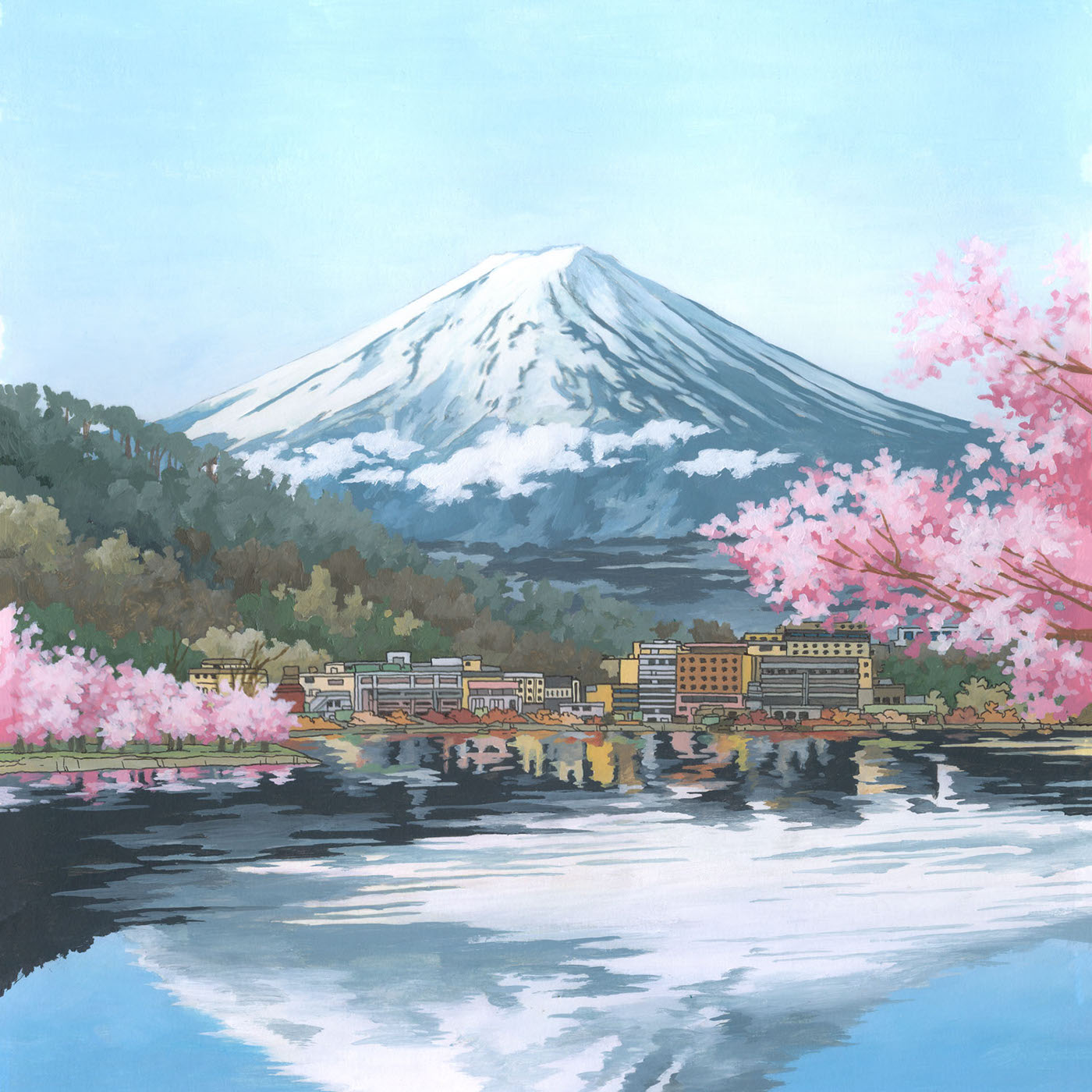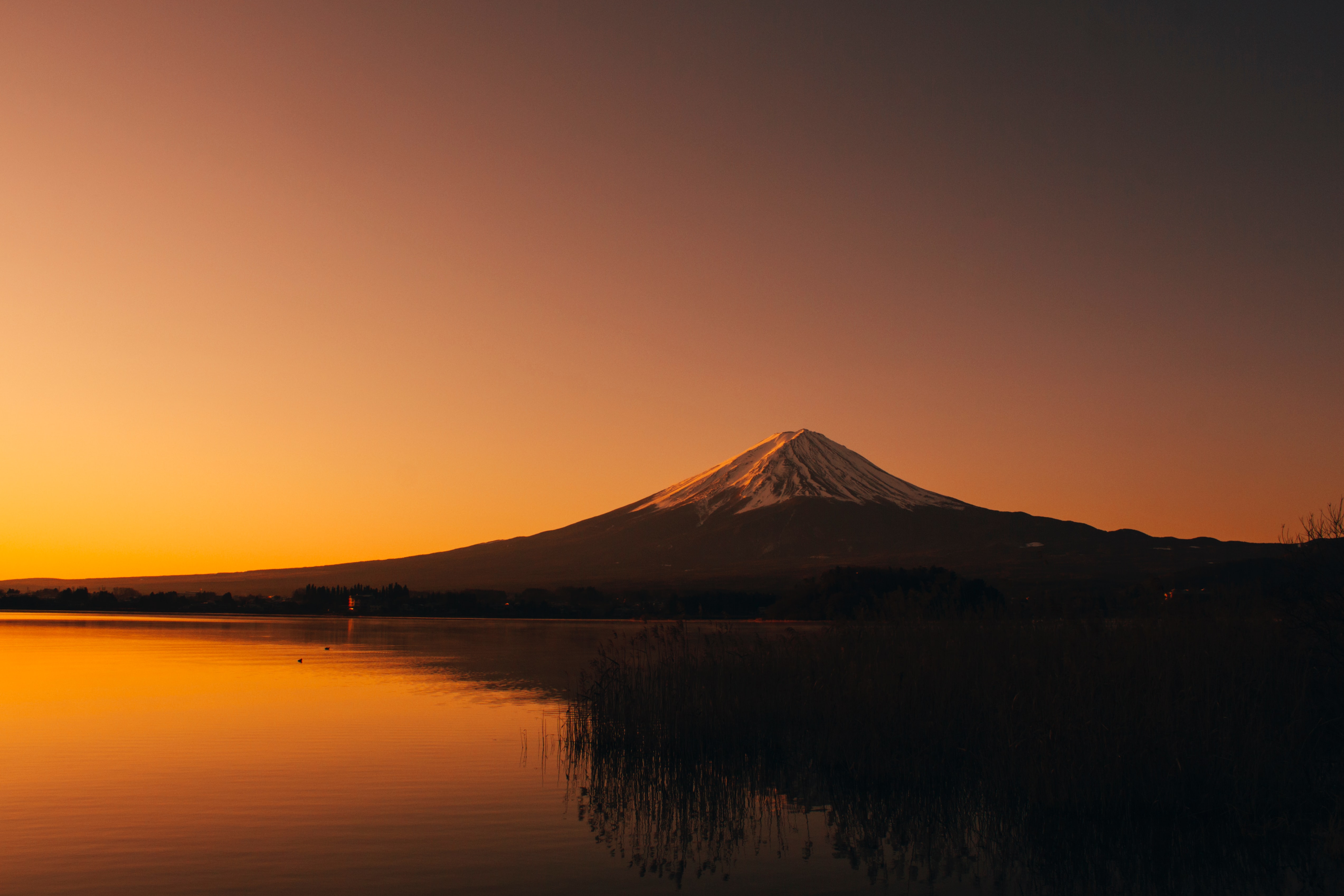
Make sure you wear good hiking boots with suitable ankle support. Try to walk along the inner edges of the climbing tracks instead of the outer edge as it causes rocks to slip. The other trails are best suited to those who climb regularly. Yoshida is the easiest of the four trails but still requires some hiking experience and frequent breaks are recommended. If you do notice symptoms of altitude sickness such as headaches and nausea then don’t over-exert yourself and return to a lower elevation. It’s advised that you take some time to adjust to the altitude once you reach the fifth station before continuing. It’s common to experience altitude sickness while climbing Mount Fuji. “He who climbs Mount Fuji once is a wise man, he who climbs it twice is a fool. The younger Fuji Volcano varied in it’s type of eruptions over the past 11 thousand years. The eruption consisted of andesite lava flows. Komitake became an active volcano in the middle Pleistocene. Komitake first errupted 700 thousand years ago and forms the northern part of Mt. (See Below) The younger, and present day, Fuji Volcano erupted 10 thousand years ago and expanded from the central crater of Ko-Fuji. The present Fuji (younger Fuji Volcano) Ko-Fuji (older Fuji Volcano) is newly erupted and on the south side of Mt. Fuji is comprised of three different volcanoes that lie one on top of the other: 
Volcanic Eruptions These thicker lavas, andesite and dacite, allow gas pressures to build up to high levels which results in explosive eruptions.
These two rocks make up lavas that are cooler, thicker, and more sticky than basalt. Most stratovolcanoes are characterized by eruptions of andesite and dacite.  Stratovolcanoes make up 60%, the largest percentage, of the earth's individual volcanoes. Lake Kawaguchi- accessible and commercialized. The Japanese call the mountain Fuji-yama or Fuji-san and it is considered a sacred mountain because the climbing of it is a religious practice. Fuji is famous for its perfectly symmetrical cone.
Stratovolcanoes make up 60%, the largest percentage, of the earth's individual volcanoes. Lake Kawaguchi- accessible and commercialized. The Japanese call the mountain Fuji-yama or Fuji-san and it is considered a sacred mountain because the climbing of it is a religious practice. Fuji is famous for its perfectly symmetrical cone. 
(Fuji consists of 3 different volcanoes) Mt. Fuji is not only a single structure, the volcano is actually a group of "superposed" cones. Fuji at sunrise from Lake Kawaguchi Elevation: 3,776 meters (12,388 feet) Type: Stratovolcano (dormant) Easiest Route: Hike Last eruption: 1707 Location: Honshu, Japan First ascent: 663 by an anonymous monk Coordinates: 35☂2′N,138☄4′E Temperature: -18 to +8 degrees Celsius







 0 kommentar(er)
0 kommentar(er)
